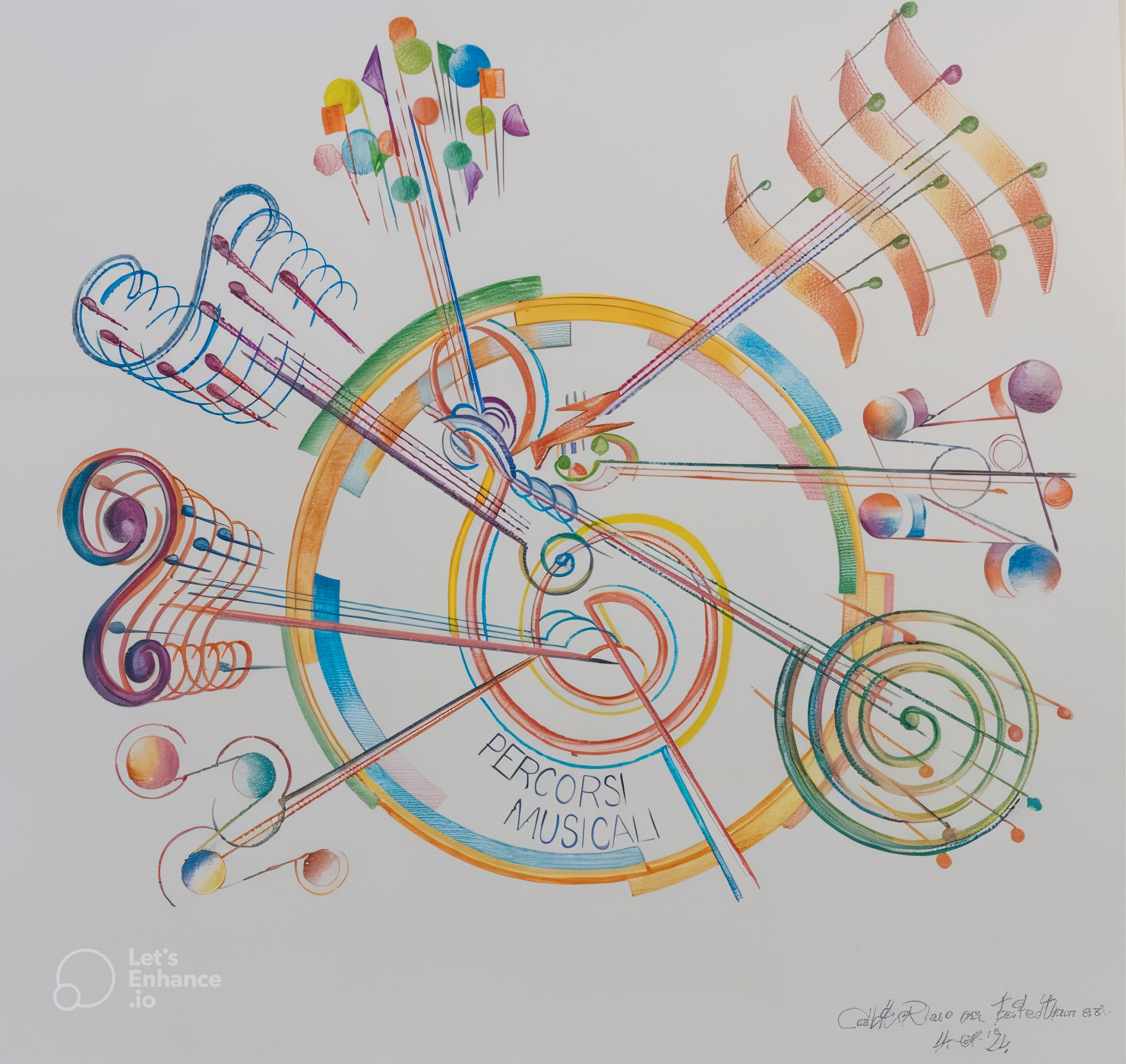Daniel Barbiero
(These notes aren’t intended to be a systematic consideration of timbral music; instead, they record some suggestions and impressions.)
 The music of timbre considered qua sound imagines timbre as something in itself, as a kind of externality. It is concerned with the qualitative aspects of sound rather than, e.g., their pitch and harmony.
The music of timbre considered qua sound imagines timbre as something in itself, as a kind of externality. It is concerned with the qualitative aspects of sound rather than, e.g., their pitch and harmony.That we hear sounds as rough, smooth, bright, harsh, resonant, muted, etc. is crucial to music and to the impressions it gives rise to in us. In a music of timbre, this qualitative dimension of sound is promoted from a role supplementing pitch and harmony to one of being a focus in and of itself. Sound, in other words, is here imagined as a value in itself, as not simply playing a secondary role to pitch and harmony.
A music of timbre is in essence a music of sound as such.
That we spontaneously hear sounds in terms of qualities would seem to indicate that sound, even when considered as raw material, exists for us embedded in a network of meanings, many if not most of them pre-verbal. The affective power of timbral music consists in this phenomenological fact.
(Although the music of sound focuses on sound per se, this does not mean that it cannot be concerned with pitch. It means that pitch is apprehended from a different angle. Pitches, or tones, can be considered as sounds in themselves rather than as elements of a melody or harmonic structure.)
Analogies to the visual arts here are helpful and perhaps even unavoidable.
In a 1965 conversation with Whitechapel Gallery director Bryan Robertson, the painter Robert Motherwell asserted that “painting is…concrete…For example, I think of color as a thing, not as an abstraction. For Motherwell’s “painting,” substitute “music;” for “color,” substitute “timbre.”
Or, think of sound as a raw material to be sculpted.
Regarding the sculpting of sounds, of letting events be defined by timbre rather than by pitch and harmony, an analogy would be to so-called Minimalist sculpture—instead of “what you see is what you see” (Frank Stella), “what you hear is what you hear.” If the subject matter of a Minimalist sculpture is the material out of which it’s made, the subject matter of timbral music is the medium and manner in which sound is made: Parodying Marshall McLuhan, one can say that the medium and the manner are the message.
The medium is the instrument through which the sound is created.
The manner is the way the instrument is played.
The two critical elements here are the material the instrument is made of and the actions required to produce sound from it. In each case, a body is involved: The body of the instrument; the body of the performer.
Within the context of sound-centered music the piece or performance is thus to a large extent about instrument and technique. Timbre is something like a natural sign telling of the instrument on which it was created and the technique applied to the instrument.
Because timbre is so closely bound up with the material platform on which sounds are produced, the physical aspects of the instrument will be put forward into the listener’s awareness: Timbre is how we distinguish strings from winds from percussion from other sound sources—contrabasses from contrabassoons, English horns from French horns.
The rasp of horsehair under pressure against strings, the slap of a palm against wood or membrane, the vibration of a reed in a windstream—these sounds, framed within the musical performance, foreground the rich materiality underlying the production of even the most conventional music. The instrument becomes a thing expressing its fundamental qualities through the intercession of the performer—the materiality of the instrument binds the performance in a decisive way.
As does the activity of the performer: Timbre is indicative of his or her gesture as realized in relation to the instrument.
In a music of sound, extended technique has a particularly important role to play. Expanded methods of sound production exploit a broad range of timbres available to an instrument, allowing the physical material to play a role in the creation of sound independent of pitch or conventional notions of musicality. In this way extended technique extends the range of acceptable sounds beyond pitch to sound as such.
A solo performance in which the performer draws on the broad span of techniques available to the contemporary instrumentalist is, in its range of possibilities, a performance in which the piece is coextensive with the instrument in all of its facets.








